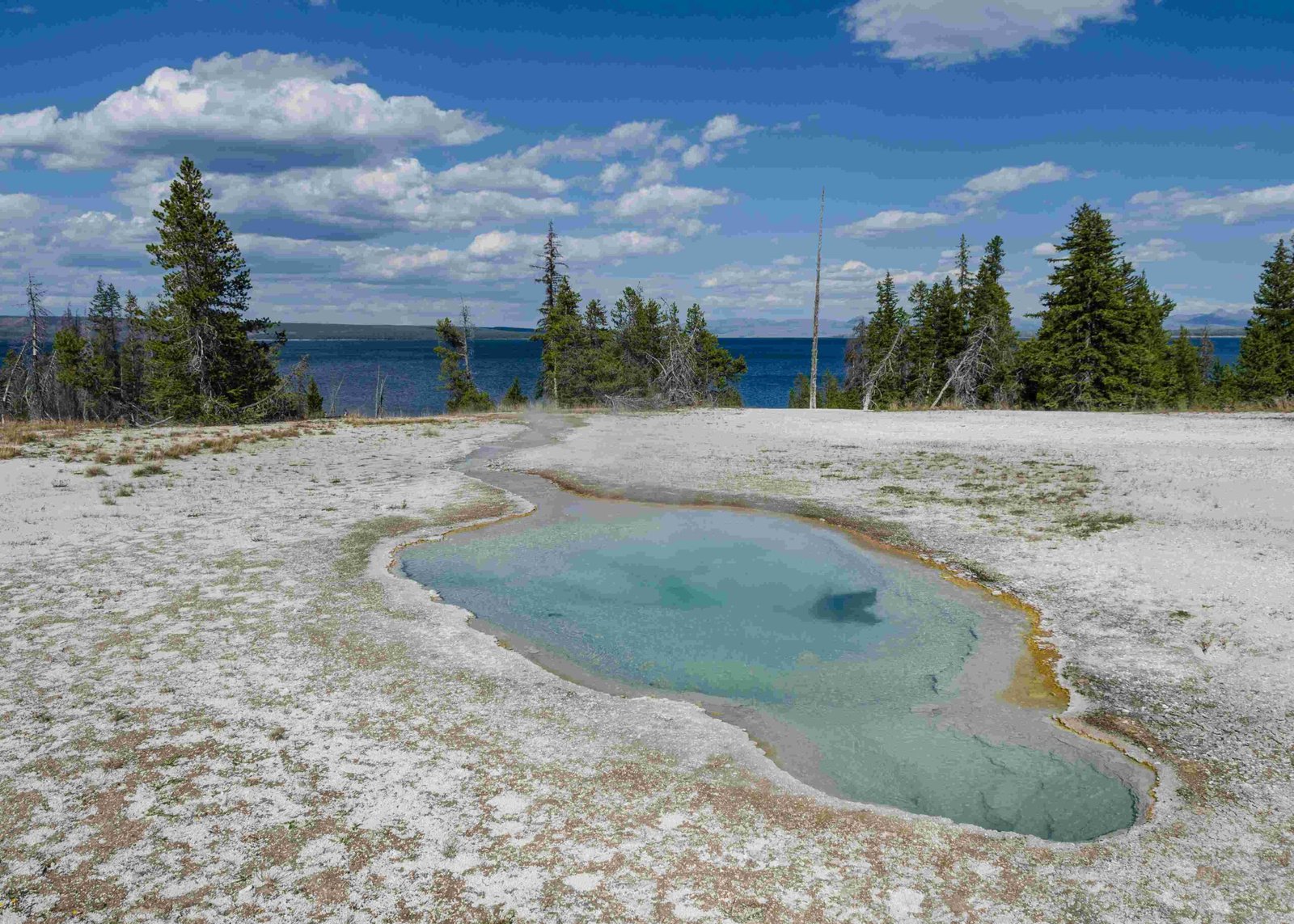The reintroduction of wolves to Yellowstone National Park in 1995 triggered a remarkable trophic cascade, reshaping the park’s ecosystem. This ecological phenomenon demonstrates how top predators influence the entire food chain, from herbivores to vegetation. The wolves’ presence altered elk behavior, reduced their population, and allowed for the recovery of various plant species, ultimately leading to increased biodiversity and a more balanced ecosystem.
What is a Trophic Cascade?

A trophic cascade occurs when changes in the population of a top predator ripple down through the food chain, affecting multiple trophic levels. In Yellowstone, the reintroduction of wolves has had far-reaching effects on the ecosystem:
- Predator-prey dynamics
- Vegetation recovery
- Habitat restoration
- Biodiversity increase
How Did Wolf Reintroduction Impact Elk Populations?

The reintroduction of wolves in Yellowstone National Park had significant effects on the elk population:
- Population Reduction: Elk numbers decreased from about 19,000 in 1995 to approximately 6,000 by 2018.
- Behavioral Changes: Elk became more vigilant and altered their grazing patterns to avoid areas with high wolf activity.
- Migration Patterns: Elk began to move more frequently and in smaller groups, reducing overgrazing in specific areas.
These changes in elk behavior and population have led to a cascade of effects throughout the ecosystem.
What Vegetation Changes Occurred Due to the Trophic Cascade?
The reduction in elk grazing pressure resulted in significant vegetation recovery:
| Plant Species | Recovery Observed |
|---|---|
| Willows | Increased height and density |
| Aspen | New growth and regeneration |
| Cottonwoods | Improved recruitment of young trees |
| Grasses | Increased diversity and coverage |
This vegetation recovery has had numerous positive effects on the ecosystem, including:
- Improved habitat for various species
- Enhanced bank stability along rivers and streams
- Increased carbon sequestration
- Greater food availability for herbivores
How Did the Trophic Cascade Affect Other Wildlife Species?
The wolf-induced trophic cascade in Yellowstone National Park has had far-reaching effects on various wildlife species:
- Beavers: Increased willow growth led to a resurgence in beaver populations, with the number of colonies rising from 1 in 1996 to 9 in 2007.
- Birds: The recovery of riparian vegetation provided improved habitat for songbirds and other avian species.
- Scavengers: Increased wolf kills provided more carrion for scavengers like ravens, eagles, and bears.
- Small Mammals: Changes in vegetation structure created new habitats for small mammals, increasing their diversity and abundance.
What Are the Long-term Ecological Benefits of the Trophic Cascade?
The long-term ecological benefits of the trophic cascade initiated by wolf reintroduction in Yellowstone National Park are substantial:
- Increased Biodiversity: The recovery of vegetation and changes in animal populations have led to a more diverse ecosystem.
- Improved Water Quality: Reduced erosion and increased riparian vegetation have enhanced water quality in streams and rivers.
- Enhanced Ecosystem Resilience: A more balanced ecosystem is better equipped to withstand environmental stresses and changes.
- Carbon Sequestration: Increased vegetation growth has improved the park’s capacity to store carbon.
How Can Visitors Observe the Effects of the Trophic Cascade?
Visitors to Yellowstone National Park can observe the effects of the trophic cascade in several ways:
- Wolf Watching: Join guided tours or visit popular viewing areas like Lamar Valley to observe wolves and their impact on prey species.
- Vegetation Tours: Participate in ranger-led programs that highlight the recovery of plant species in areas previously overgrazed by elk.
- Riparian Habitat Exploration: Visit restored stream and river banks to see the effects of improved vegetation on water quality and wildlife.
- Educational Programs: Attend talks and presentations at visitor centers to learn about the complex ecological interactions resulting from wolf reintroduction.
What Challenges Exist in Maintaining the Trophic Cascade?
Despite the success of wolf reintroduction and the resulting trophic cascade, several challenges remain:
- Human-Wildlife Conflict: Balancing wolf conservation with the interests of ranchers and hunters outside the park.
- Climate Change: Adapting management strategies to account for shifting environmental conditions.
- Disease Management: Monitoring and managing diseases that could affect wolf or prey populations.
- Visitor Impact: Ensuring that increased tourism and wildlife viewing do not negatively impact the ecosystem.
How Does the Yellowstone Trophic Cascade Inform Conservation Efforts Elsewhere?
The Yellowstone trophic cascade serves as a model for conservation efforts worldwide:
- Ecosystem Restoration: Demonstrating the potential for reintroducing apex predators to restore ecological balance.
- Holistic Management: Highlighting the importance of considering entire ecosystems rather than individual species.
- Long-term Monitoring: Emphasizing the need for extended observation to understand complex ecological interactions.
- Public Education: Showcasing the value of educating the public about ecological processes and conservation.
The trophic cascade in Yellowstone National Park, initiated by wolf reintroduction, has transformed the ecosystem in profound ways. From altering elk behavior to revitalizing plant communities and benefiting numerous wildlife species, this ecological phenomenon demonstrates the interconnectedness of nature and the far-reaching impacts of conservation efforts. As research continues and the ecosystem evolves, the Yellowstone trophic cascade remains a testament to the power of ecological restoration and the importance of maintaining biodiversity.

